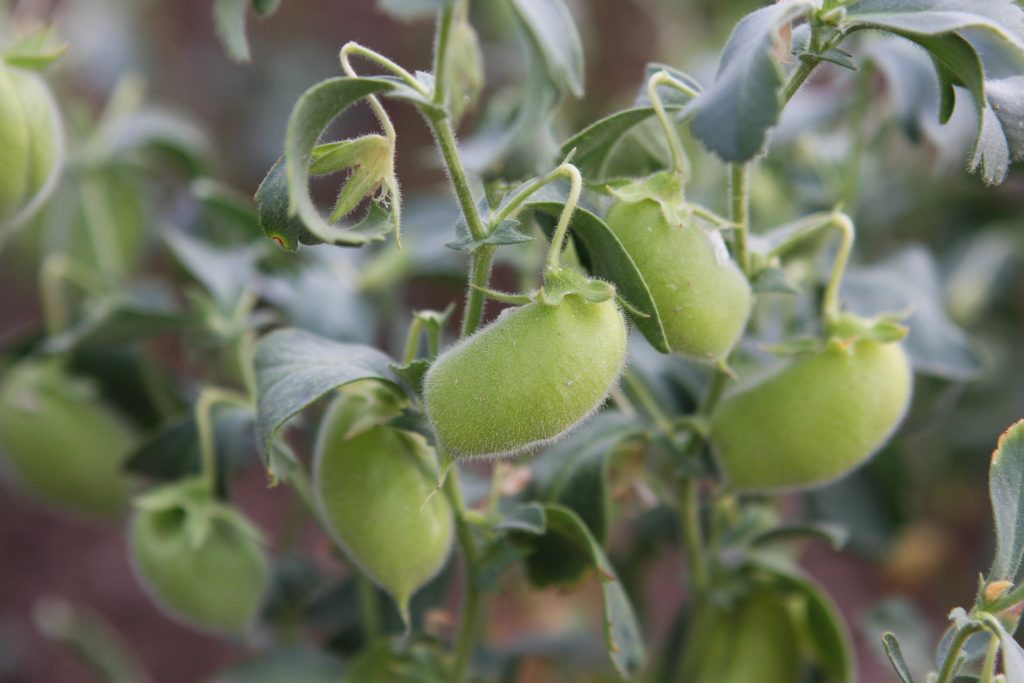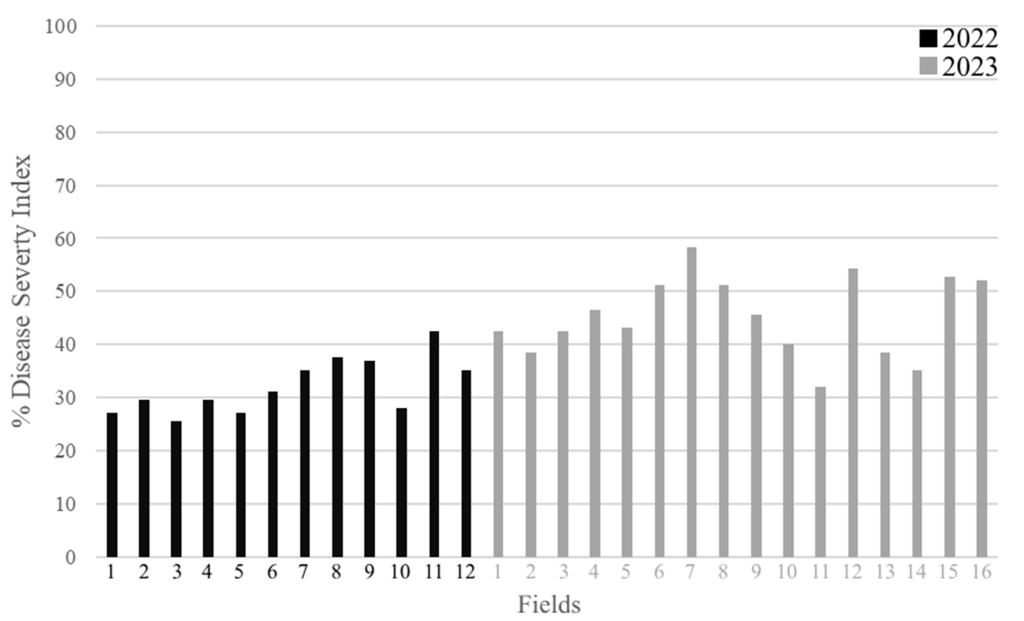The goal of the Pulse Crops Working Group (PCWG) is to foster collaborative relationships among researchers, extension professionals, industry stakeholders and growers to address Integrated Pest Management (IPM) priorities in pulse crops.
Pulse crops including dry edible pea, lentil, chickpea, fava bean and dry bean are healthful food choices that are also vital components of cropping systems in the north central and northwestern U.S. They are high-value crops that require little to no additional nitrogen fertilization and can provide a nitrogen credit to the following crop due to biological nitrogen fixation. The primary U.S. growing regions for these crops include North Dakota, Montana, Washington, Idaho, Nebraska, Minnesota and Michigan. The addition of pulse crops into cropping systems can improve soil health and increase farm income. However, with new crops come new and challenging disease, weed and insect pest problems. Pulse crops are primarily grown for human consumption. Thus, mitigation of these threats in a manner that meets growing consumer expectations of sustainability and a reduction in the use of pesticides is a paramount.

Photo by Gerald Holmes, Strawberry Center, Cal Poly San Luis Obispo.
Critical Outputs
- New DNA testing service to evaluate weeds for herbicide resistance
- 2017 Pest Management Strategic Plan for Chickpeas, Lentils and Dry Peas in the United States
- Pea Compendium of Diseases and Pests, Third Edition
- Growing Pulse Crops Podcast


